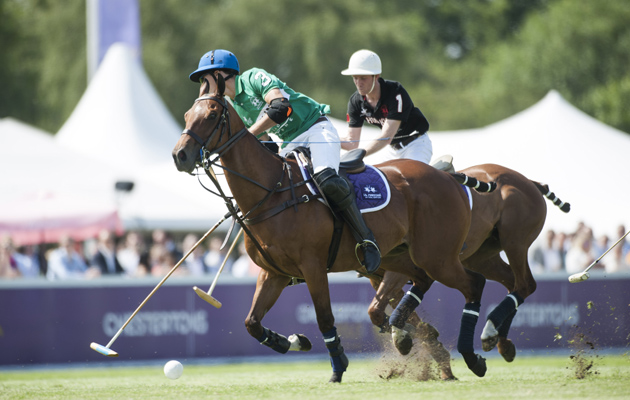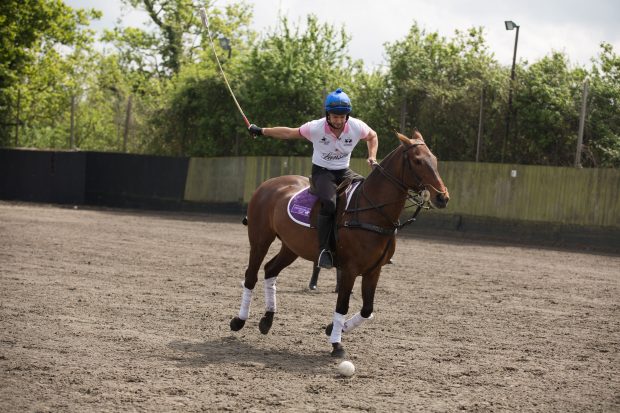H&H news writer Rachael Hook tried polo for the first time in Spain earlier this month. She fills fellow novices in on the basics of the sport
I was lucky enough to take a trip to Spain’s Polo Valley earlier this month (see this week’s H&H magazine, 28 April 2016). The luxurious ranch is geared up for beginners as well as more seasoned players and I enjoyed an intensive introduction to the sport.
The game and its terminology can prove puzzling to a beginner, so whether you’re planning on booking your first lesson, or want to get clued up for watching some games this summer, here are answers to some of the customs that may have left you wondering…
Why are they called ponies?
Polo-playing equines are referred to as ponies regardless of their size. The term was developed in the early days of the sport when mounts were restricted to pony size. Nowadays, the average height of a polo pony is around 15-15.3hh.
What is the throw-in?
The throw-in is the opening of play. The umpire throws the ball between the two teams as they line up parallel to one another.
Why are ponies hogged for polo?
Manes could become tangled in mallets or with the reins if left flowing. Ponies’ tails are wrapped or plaited for the same reason.
What is a chukka?
A polo match is divided into timed periods called chukka. There are usually six in a match and each one is seven minutes long.
Related article

Polo in the Park: what is it like for the players?
Last weekend's Polo in the Park provides polo with a difference, but what do the players make of it?
What is a handicap?
Each player has a handicap that rates their level of skill. The very best players are rated at 10 and beginners start at minus two.
Why do players ride multiple ponies in one game?
Ponies can travel up to two miles during a chukka, so they must be rested frequently.
Why is the mallet aways held in the right hand?
For safety reasons, players are banned from holding the mallet in their left hand.
What is divot stomping?
The field gets torn up quickly by the ponies’ hooves during a polo game. At half-time, spectators are encouraged onto the field to stomp divots back in place.
Find out more about learning to play polo at Polo Valley in this week’s Horse & Hound magazine, out 28 April 2016




